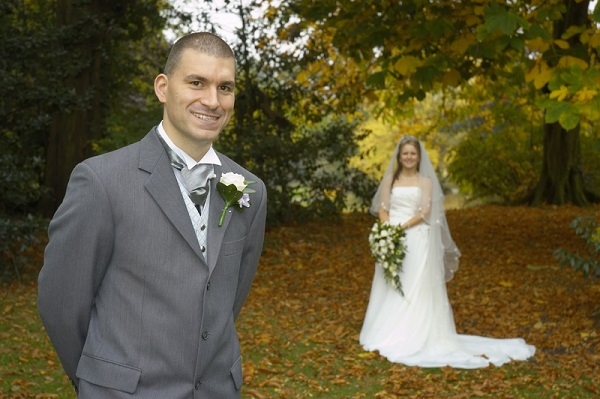

Although marriage is a phenomenon that occurs in all communities, the pattern of marriage varies from society to society. Different sorts of marriages are common in different countries, and each culture has its idea of what marriage is and means. Despite not being the same across all societies, marriage laws serve essentially the same purposes. Marriage has attracted attention as a result of the times we live in, and the institution itself is undergoing numerous changes.

The history of marriage predates written history by a very long time, but the oldest evidence of marriage rites combining one woman and one man comes from the Far East, about 2350 B.C. Marriage developed during the following several hundred years into a common institution that was welcomed by many civilizations. Historically, the primary function of marriage has been to unite families for either political or economic purposes, or often for a combination of the two. Even now, weddings are still arranged on this premise in various cultures and faiths.
Marriage is recognized legally and socially accepted, often between a man and a woman, that is governed by several laws, norms, beliefs, and attitudes that outline grant status to their kids.
Is a type of marriage where only one partner is present at any one moment. In the western world, serial monogamy is common .
A man who practises serial monogamy has just one wife at any one time despite having a succession of marriages while in non-serial monogamy, in which a man has a single wife for the duration of his life.
It is a type of marriage in which a person is wed to more than one person or has more than one spouse at any given moment.
Polyandry is a sort of marriage in which a woman marries more than one guy.
Fraternal polyandry, a woman who marries two or more brothers, is often referred to as adelphic polyandry.
Non-fraternal polyandry is in which a woman marries either several unrelated men or related kinsmen (clan brothers).
Familial polyandry is the term used to describe marriages when a woman's spouses are her father and her son.
Polygynandry is in which a man has multiple wives or a woman has multiple husbands at any same time.
The extensive and intricate regulations and rituals that surround it serve as a reminder of its significance. Some rules universally do apply, but most of these rules and rituals are diverse as human social and cultural systems. Protecting the rights of the parties concerning one another, as well as the rights of children and establishing their connections within a society, are the main legal goals of marriage. Throughout the past, marriage has granted the descendants a legitimate status that entitles them to the numerous rights described by that society's conventions, including the right to inherit.
Preferential norms are rules that are favoured but not always adhered to. Cross-cousin marriage is seen as the preferred norm in many civilizations. Many communities also have established conventions about endogamy and exogamy that men must follow while looking for a partner. Exogamy is marriage outside of the group, whereas endogamy is marriage inside a group. Endogamy includes unions between adherents of the same religion or belief system, caste marriages in Hindu civilization, and unions between tribal members.
Marriage is equated as richness in the rites among many cultures and celebrations, this emphasises the reason why marriage is crucial for a clan or community to survive.
Many symbolic rites are present in Marriage rituals blessed by any particular religious community for wellness in the future. Presenting presents to the wedded spouse is an important aspect of the marriage.
The most common rite that represents a holy union. This can be demonstrated by clasping hands, exchanging rings or chains, or tying clothing.
An exchange of commodities is one aspect significantly observed, either from the bride's family to the bridegroom's or vice versa.
Marriage provides the structure for numerous fundamental tasks at a social and personal level, including sexual fulfilment and control, the division of work among partners, economic production and consumption, and the satisfying of human needs for affection, status in society, and companionship, are all responsible for marriage's universality throughout different civilizations and cultures. Procreation, child care, education, socialisation, and lineage control are perhaps its three most important functions.
The primary function of marriage has been to unite families for either political or economic purposes, or often for a combination of the two. Marriage is a socially and legally recognized union that is governed by laws, customs, traditions, beliefs, and attitudes that set forth the partners' responsibilities and grant status to their children. The marriage is to protect the partner’s rights and the rights of children by establishing their connections within society legally. Marriage rituals frequently contain symbolic rites by a religious organisation and for wellness.
Q1. Why do anthropologists find it challenging to define marriage?
Ans. This is because there isn't a single, universal definition of marriage. After all, it's complicated and has different meanings and customs in different cultures. This can be a social union, a religious bond, or a legal agreement.
Q2. What links culture with marriage?
Ans. Marriage is impacted by culture since it preconditions participants with specific norms, taboos, and rituals. In various societies, families have been known to arrange marriages.
Q3. What three sorts of marriages exist?
Ans. Marriage based on the number of partners may be classified into three categories
Monogamy
Polygamy
Endogamy